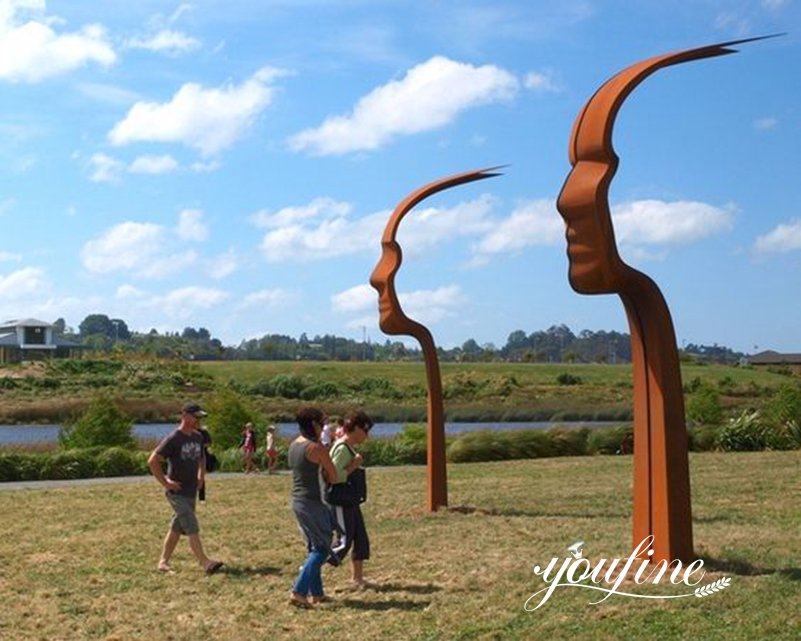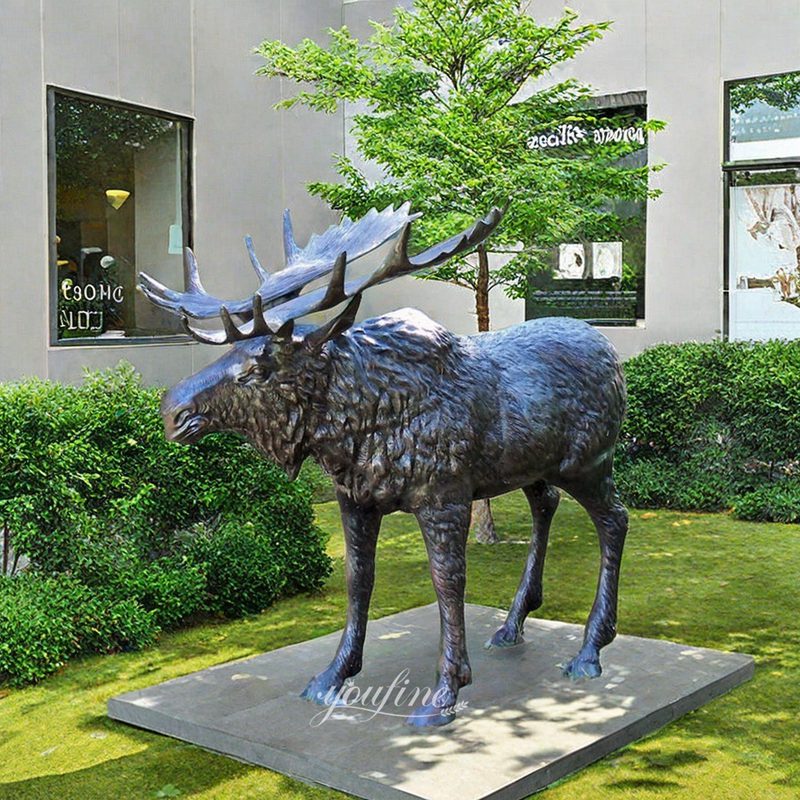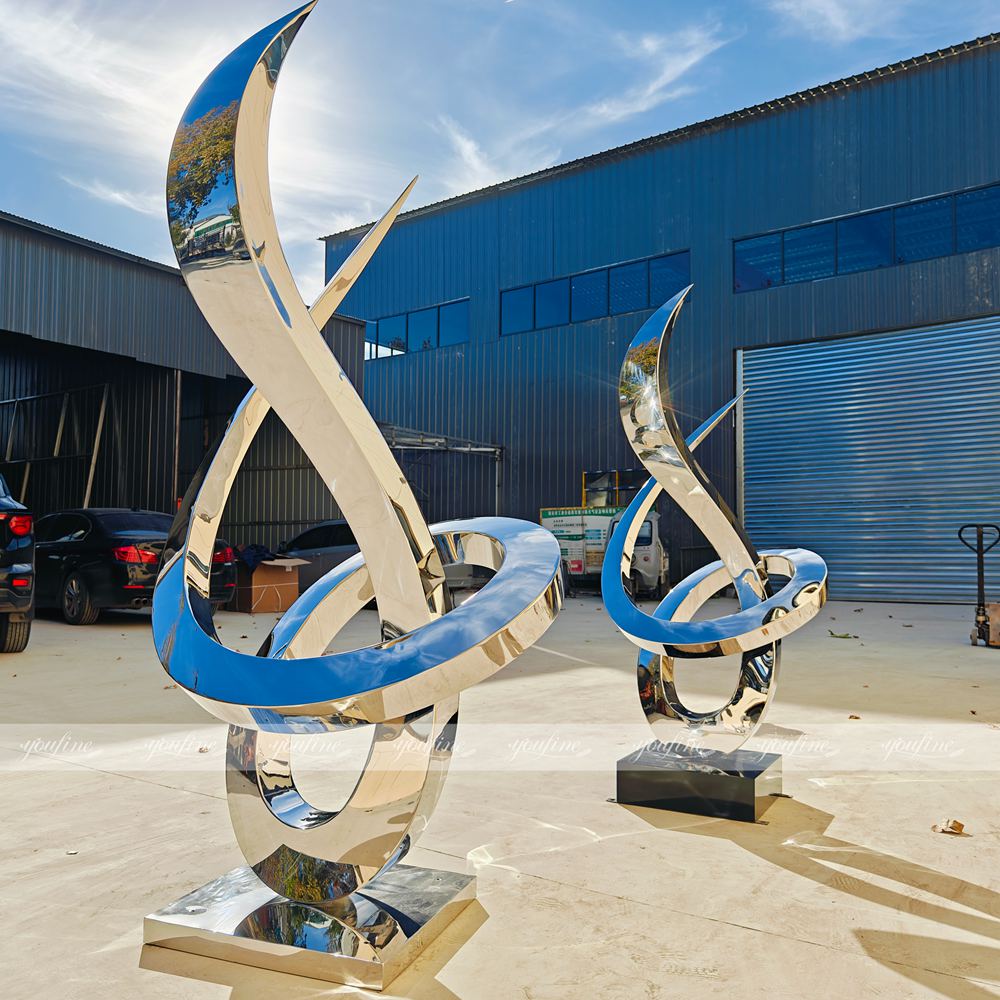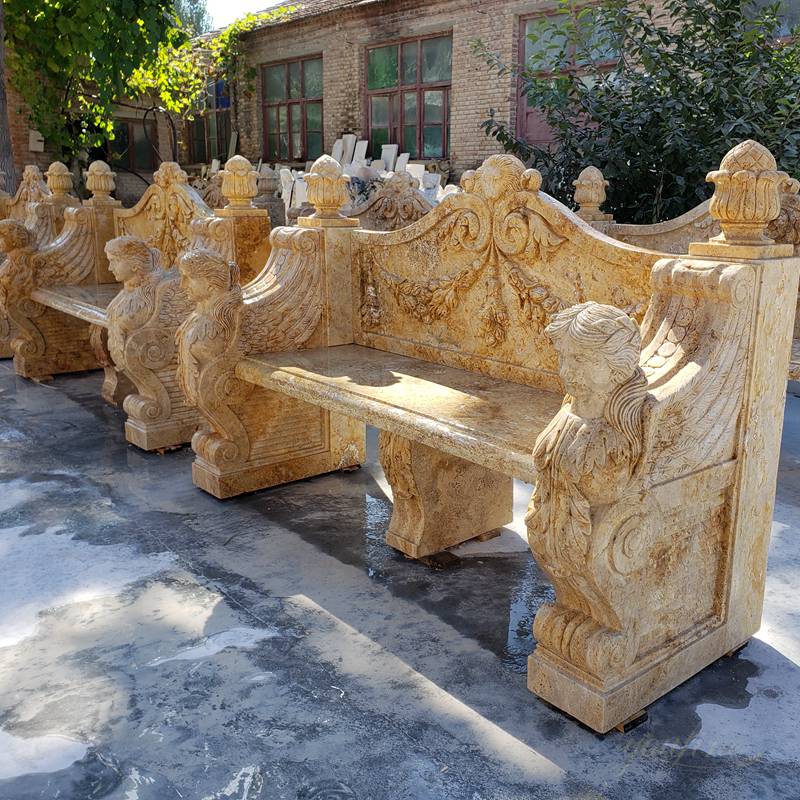Updated 03/27/2023 7:53 PM By Panda
Numerous Shiva sculptures are often depicted with multiple arms, each holding a different object or symbol. This is meant to represent Shiva’s ability to multitask and his many qualities. Additionally, Shiva is often depicted with multiple arms, each holding a different object or symbol. Also, this is meant to represent Shiva’s ability to multitask and his many qualities. Also, Shiva is often depicted with long, unkempt hair piled on top of his head. Well, this means that he gives up worldly pleasures and concentrates on spiritual matters. Also, Shiva is often depicted wearing a necklace made of snakes.
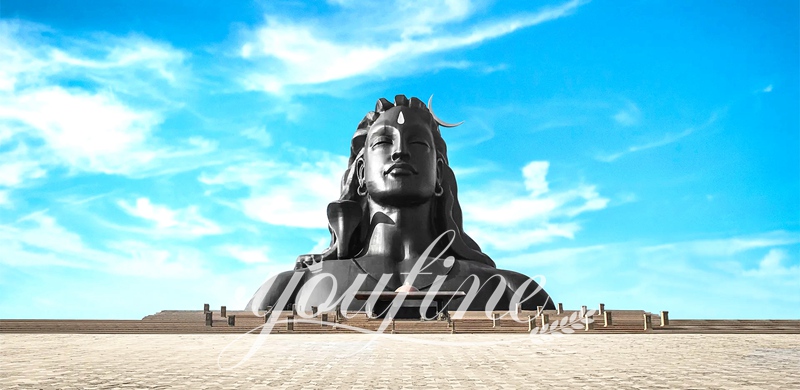
Because this is to symbolize his control over fear and death. More often, Shiva is often depicted with a crescent moon on his forehead. This is meant to symbolize his control over time and the cycle of life and death. Apparently, Shiva is often depicted holding a trident or trident, a three-pronged weapon. Furthermore, it was meant to symbolize his power over the three fundamental aspects of existence – creation, preservation, and destruction.
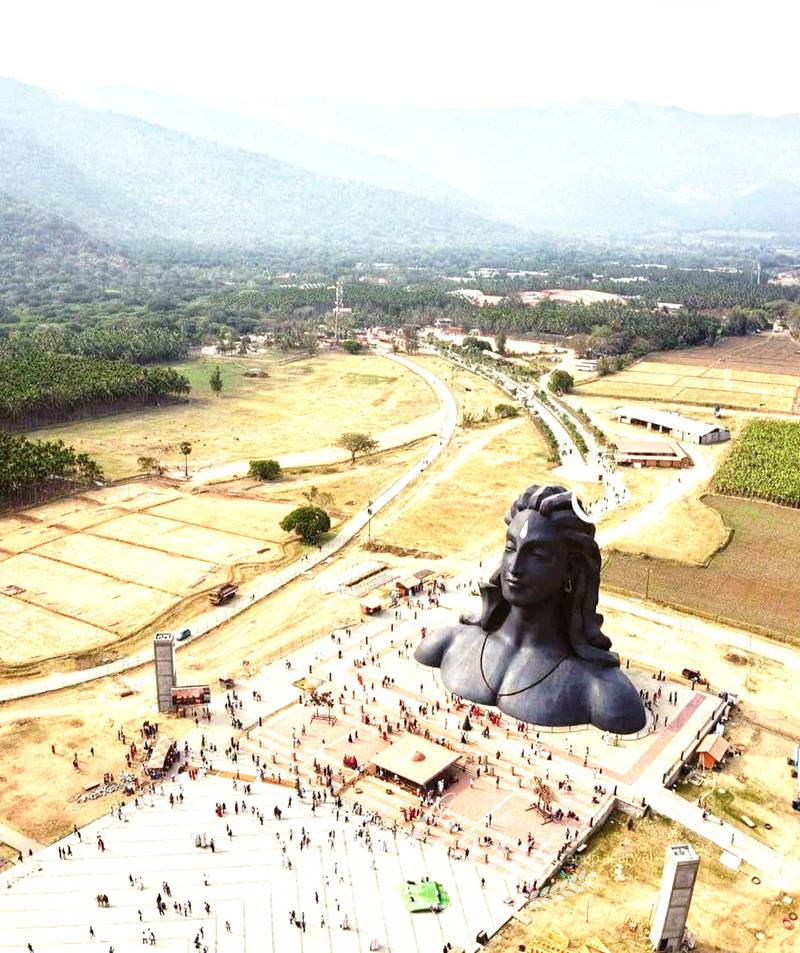
What is the Source of Shiva?
In Hinduism, Shiva is considered to be one of the three main gods alongside Brahma and Vishnu, known as the god of destruction and transformation. Also, Shiva’s origins can be traced back to the Indus Valley Civilization around 2600-1900 BC. This civilization existed in what is now India and Pakistan. However, with the development of the Purana tradition and the rise of the Shaivite sect, the worship of Lord Shiva as the main deity began in the early centuries AD. Today, Shiva is worshiped by millions of people around the world and is an important figure in Indian mythology and culture.
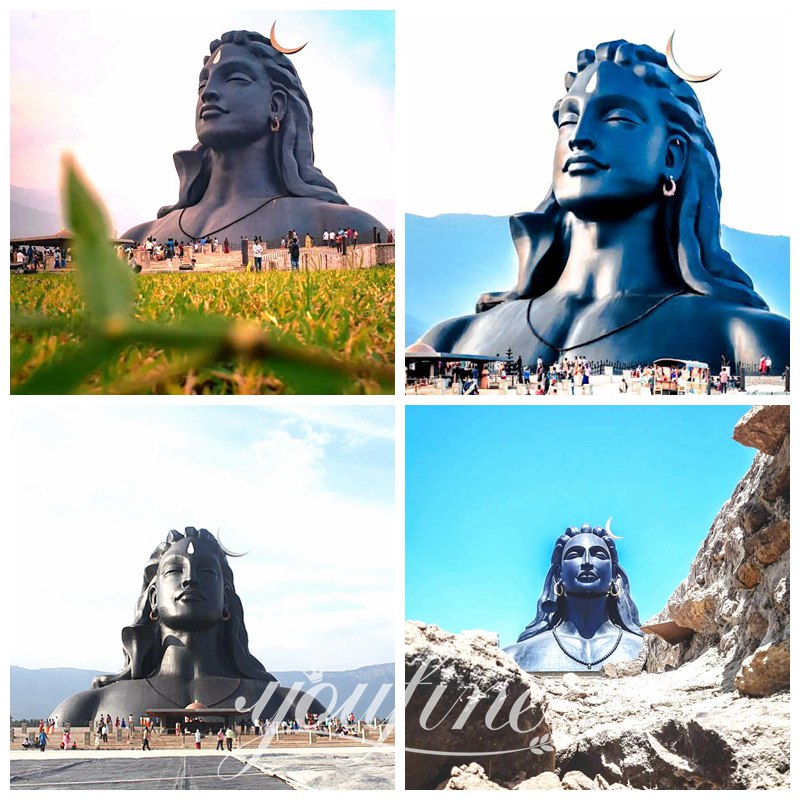
Superb Clay Model Technique:
Creating clay models of Shiva statues requires a combination of technical skill and artistic ability. Our artist has a deep understanding of the image of Shiva including his physical attributes, symbolism, and attributes. In addition, YouFine artists must have technical skills in sculpting clay to accurately reproduce the image of Lord Shiva. They have a good understanding of anatomy, proportion, and line. Once the clay sculpture is complete, the artist must have knowledge of molding techniques in order to make the clay model of the sculpture. Overall, creating clay models of Shiva statues requires a combination of artistic and technical skills, as well as a deep understanding of Shiva’s iconography and symbolism.
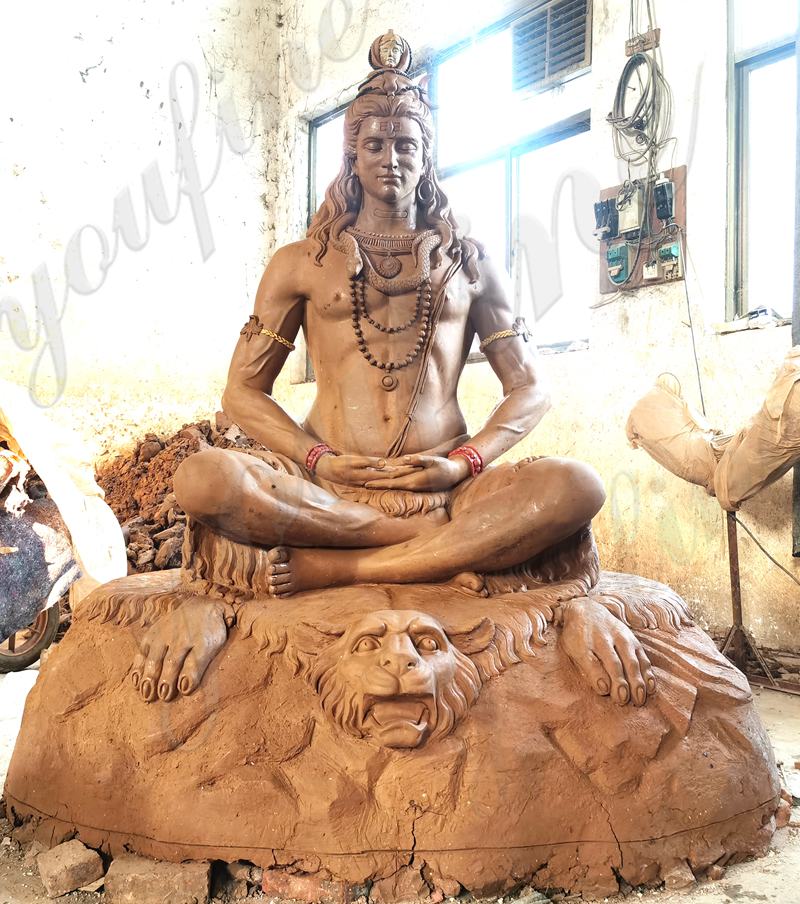
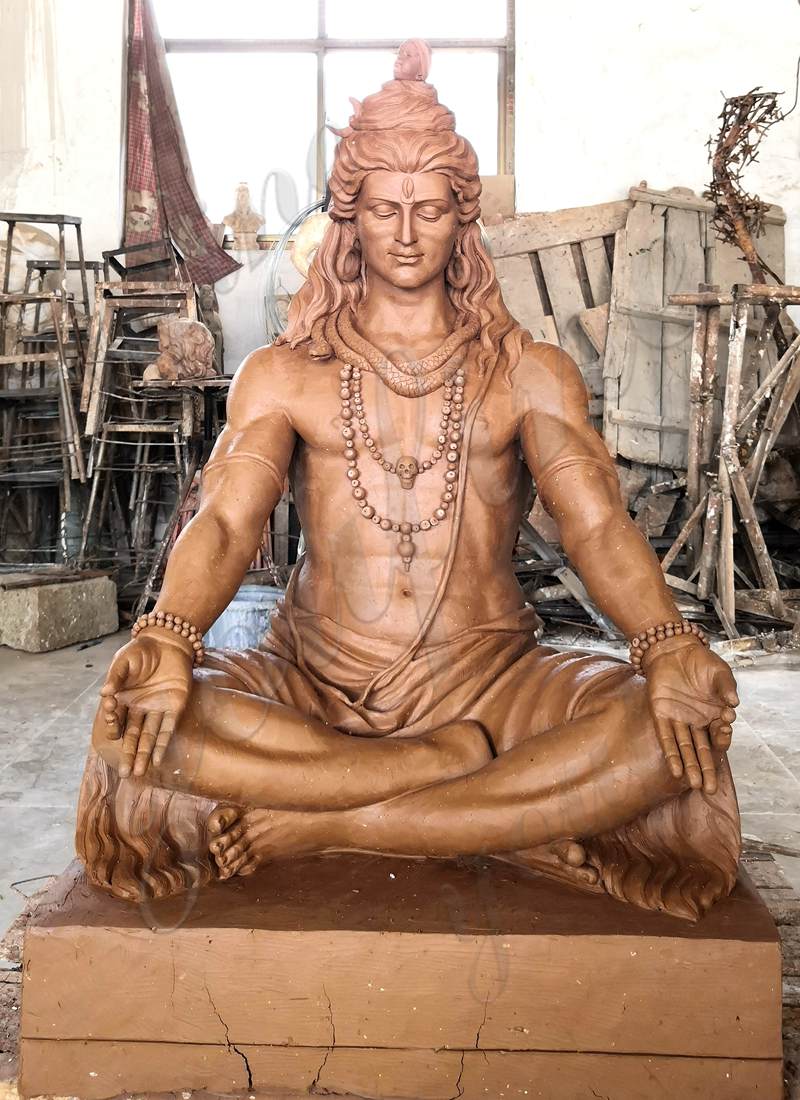
The Main Points of the Lost Wax Method:
The first step is to make a wax model of the sculpture. This is usually done by hand, using heat-softened wax. Then, when the wax model is complete, it is coated with a sand shell. Our artists then heat the shell to high temperatures, causing the wax to melt and flow out of the shell, leaving negative space in the shape of the sculpture. The final step is to finish the sculpture by removing any remaining blemishes and applying a patina to give it its final color and finish. The lost wax method is a time-consuming and complex process that requires skilled craftsmen and attention to detail to create a high-quality bronze sculpture like the Shiva Statue.
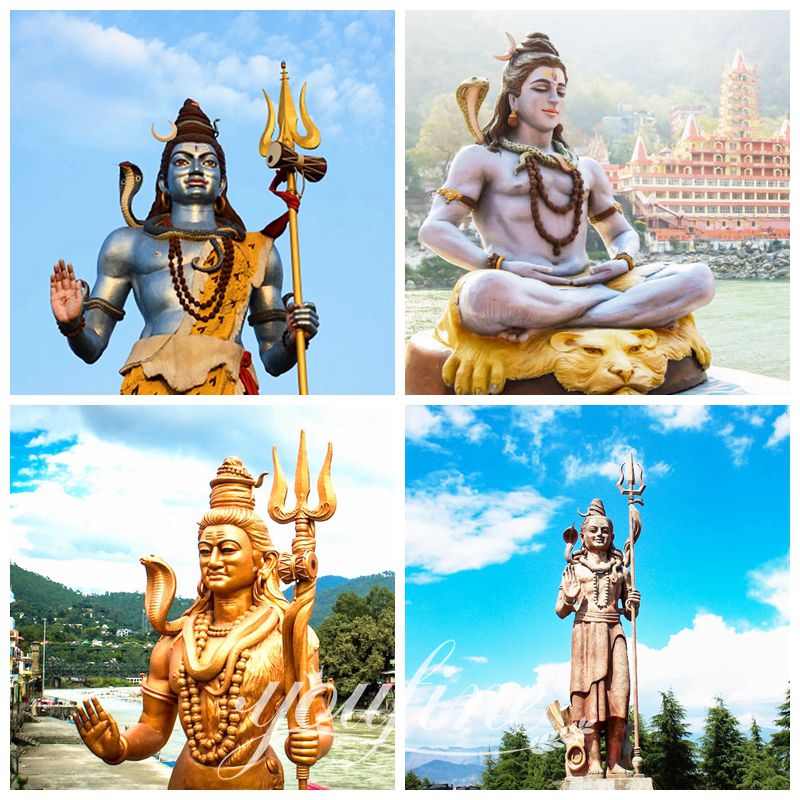
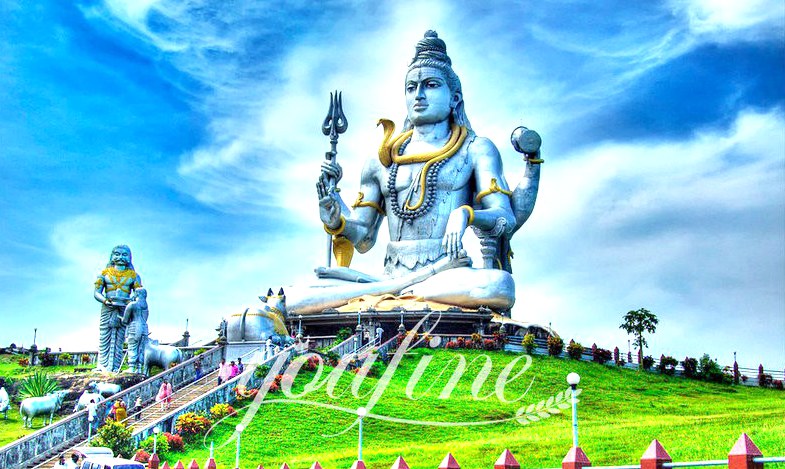
High-Quality Marble Shiva Statue:
Carving a statue of Shiva in marble requires a different process than casting a statue in bronze. In the first step, our factory will select high-quality marble suitable for carving. Among them, our raw materials are white marble, black marble, and other types of marble. Artists then create designs for the statues and take precise measurements to ensure the final product is accurate and in proportion. The artist used a hammer and chisel to sketch out the rough outline of the statue.
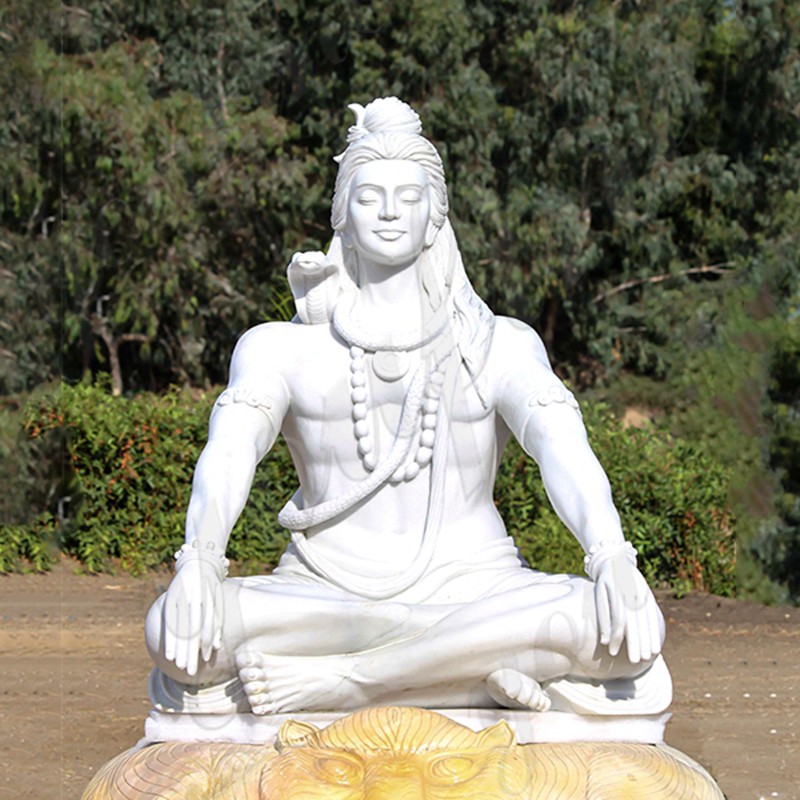
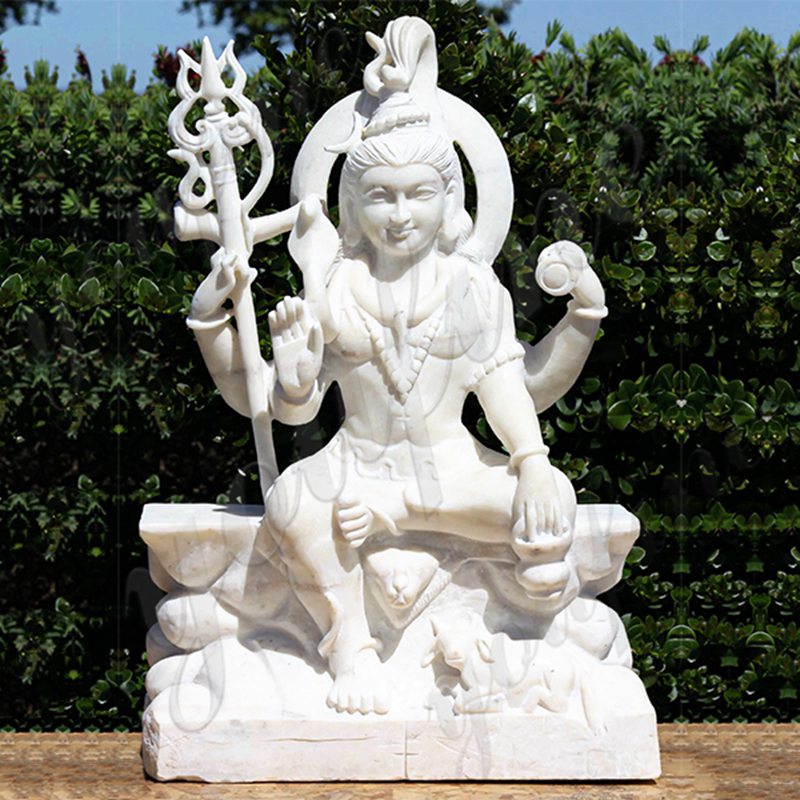
Then, after the rough outline is done, the artist uses smaller tools to create finer details such as facial features, clothing, and other intricate details. After the carving is complete, the statue is sanded and polished to create a smooth surface that brings out the natural beauty of the marble. Our artists are very good at polishing, especially the chief artist who can always perfectly show the expression of Lord Shiva.
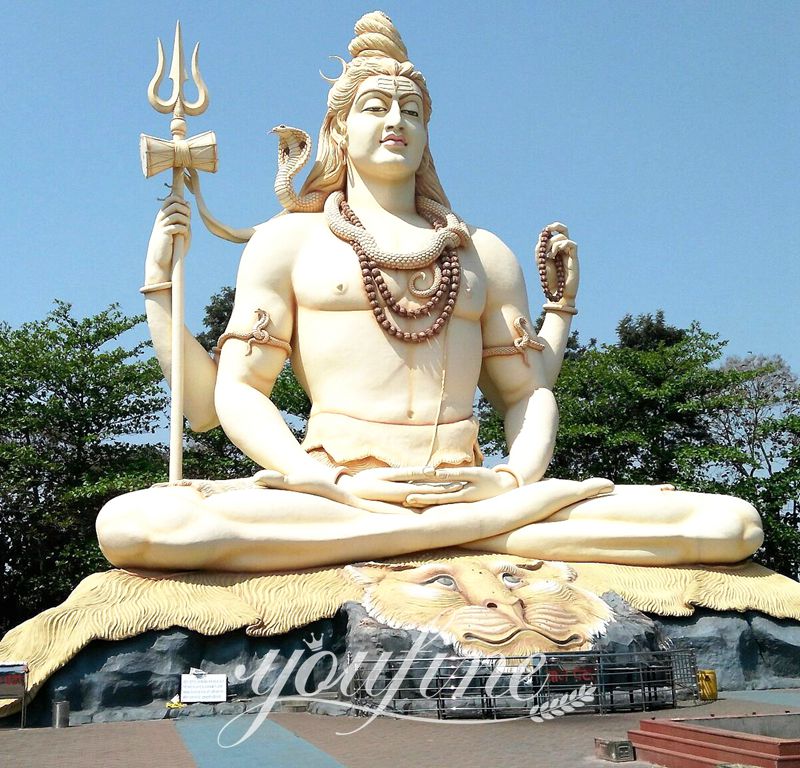
What does the Statue of Shiva Represent?
In Hinduism, the Lord Shiva sculpture represents the hated Lord Shiva, one of the most important deities in the religion. Also, Shiva is often depicted as a yogi or ascetic. He has a third eye on his forehead and holds a trident in his hand. He is known as the god of destruction and transformation. As well, he is also the patron saint of yoga, meditation, and the arts. Shiva sculptures can represent various aspects of Shiva including his power, wisdom, and spiritual significance. It is often used as a decorative or spiritual object in Hindu homes and temples and is considered a powerful symbol of devotion and spirituality.
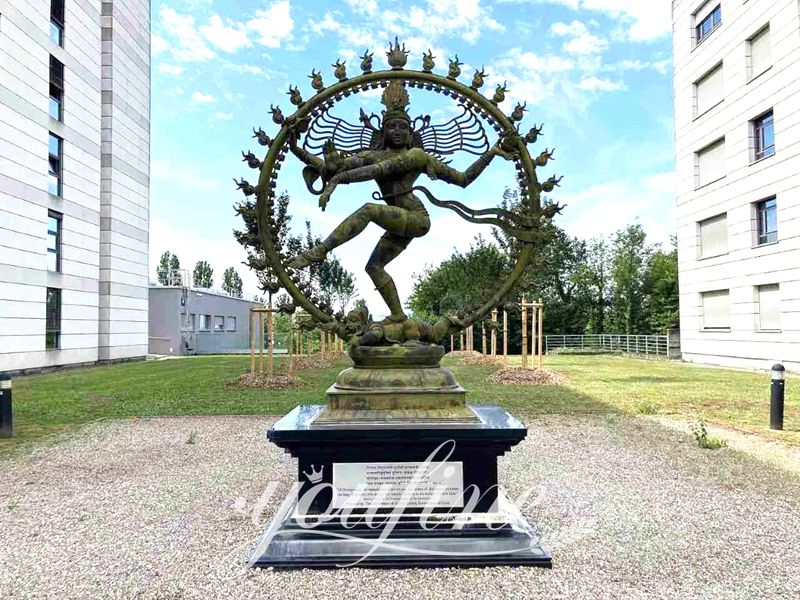
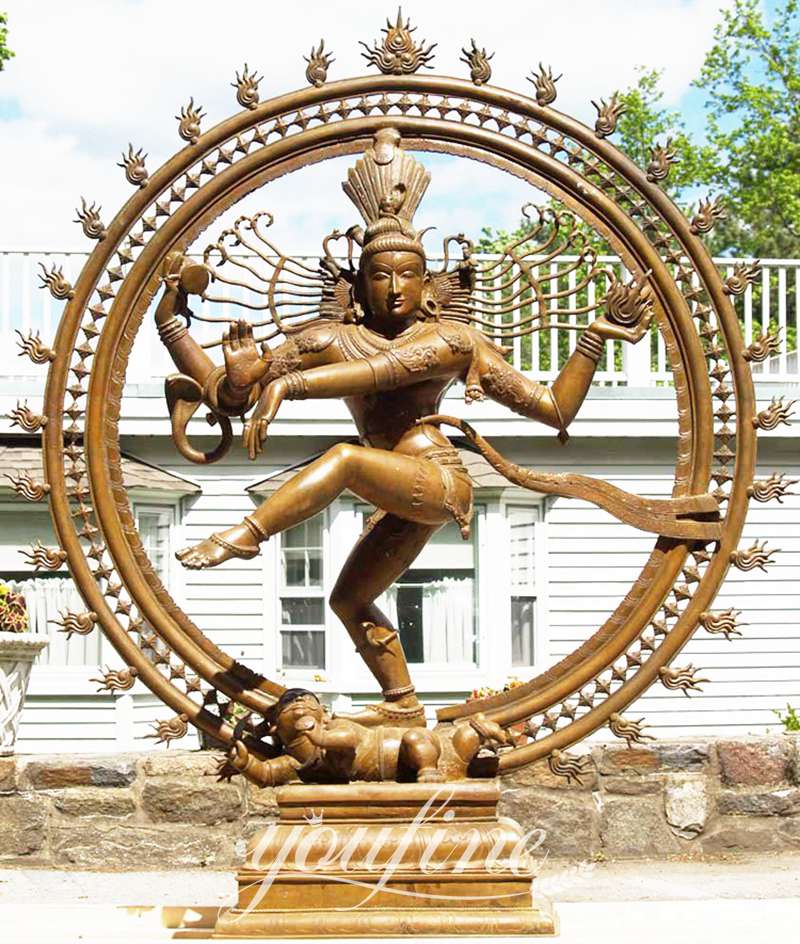
Which Sculpture is Famous for Lord Shiva?
One of the most famous sculptures of Shiva is the Nataraja, also known as the Dancing Shiva. The sculpture depicts Shiva as a cosmic dancer, with four arms and one leg raised in a dynamic pose. Statues of Nataraja are generally considered masterpieces of Indian art and are highly revered by Hindus. It is believed to represent the dynamics of the universe, symbolizing the cycle of creation, preservation, and destruction. The original Nataraja sculpture is at the Brihadeeswarar Temple in Thanjavur, India, but copies can be found in Hindu temples and art museums throughout the world. Of course, if you want an exquisite Shiva statue, our factory can fully meet your needs.
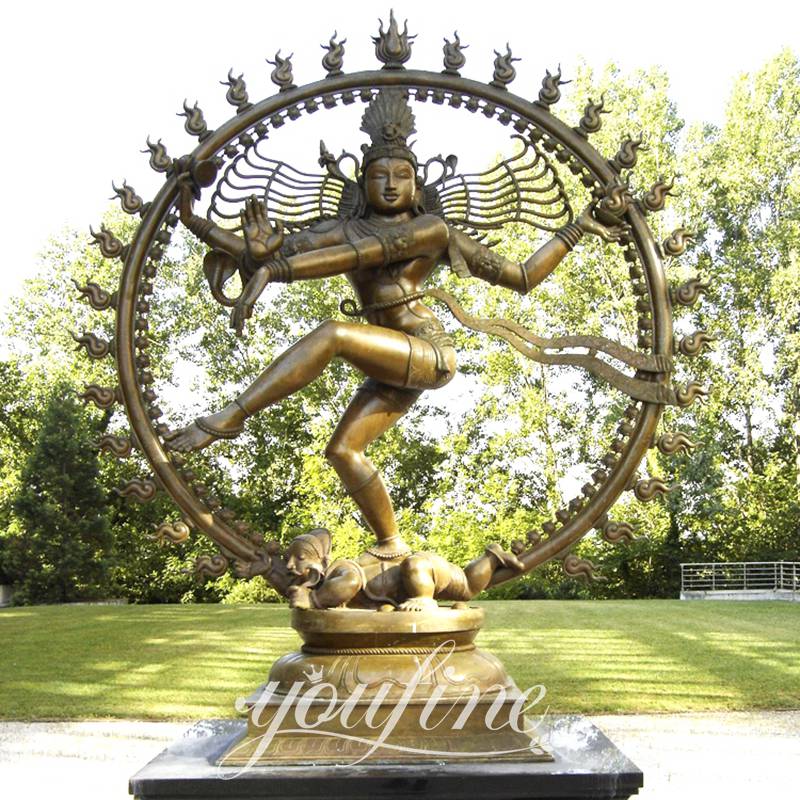
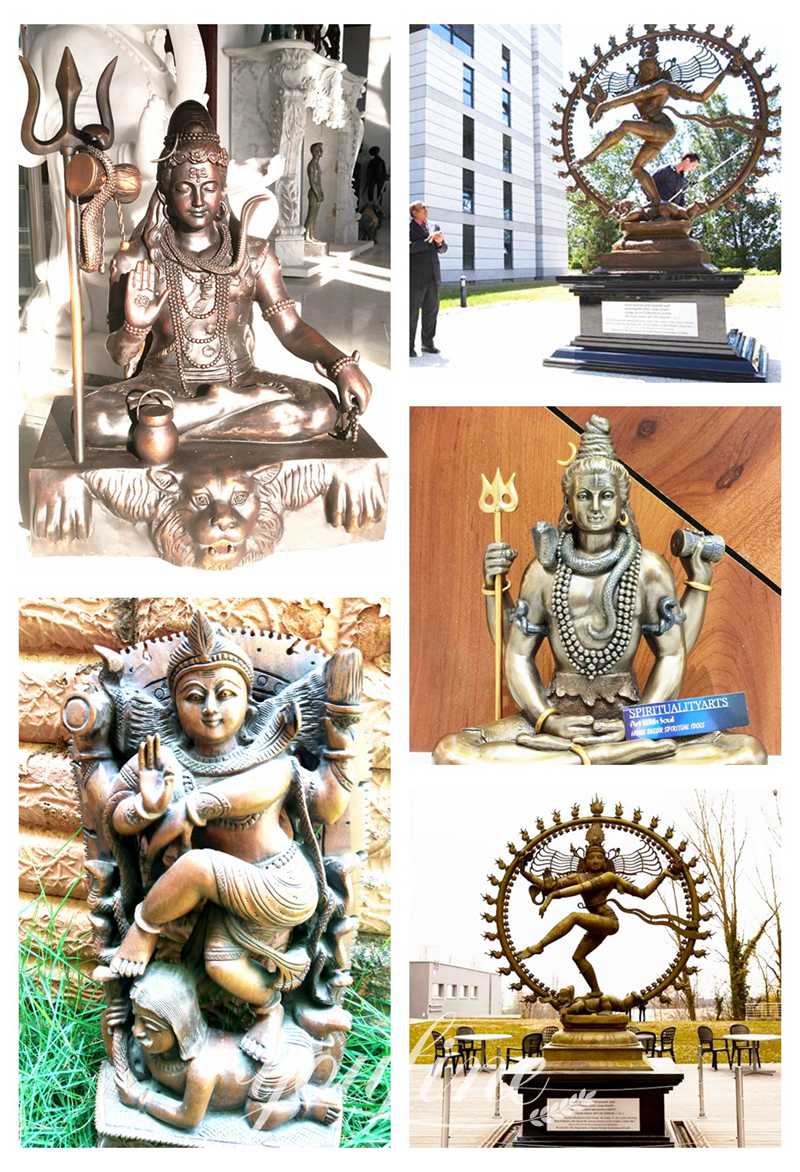
In conclusion, our factory produces high-quality Lord Shiva statues using a range of traditional techniques and materials including bronze and marble. We invite customers to visit our factory, watch our skilled artisans at work and choose from our huge range of exquisite Lord Shiva Statues.
Last Article:
Marble Angel Sculpture Classical Art for Garden for Sale MOK1-055
Next Article:



